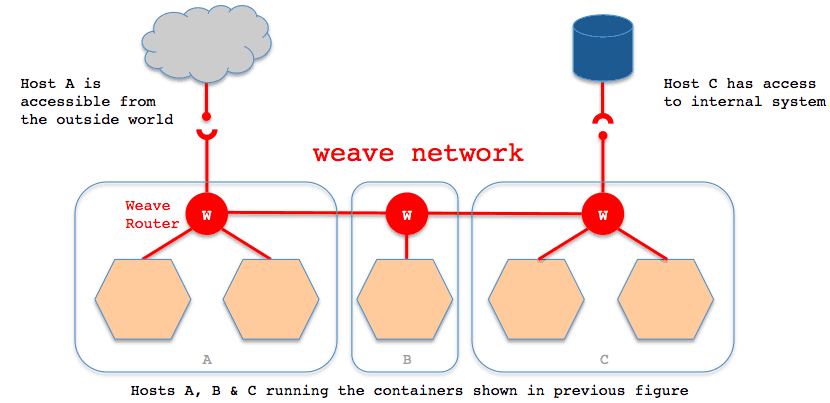Docker is rapidly changing and evolving as it continues to gain traction and popularity in the world of containerized applications. One of the biggest challenges that new technologies face is viability in the enterprise arena. While the use of containers does have intrinsic value to organizations, especially those leveraging a DevOps model, its feature set will continue to grow and evolve like most other new technologies. Let’s look at some of the evolutions that are underway for Docker, making it even better solution for enterprises.
Connecting the Container
In a Docker deployment, there may be multiple containers that need to talk to each other in order for an application to work. Today, this is down by linking containers. There are a couple ways to accomplish this, such as mapping which ports you would like containers to use, but most of this is done at the command line when a container is created, and it is predicated on each container having a unique name. Docker networking is a very host specific configuration exercise currently.
Weaving Containers Together
Weave seeks to simplify Docker networking, by creating a virtual network to connect containers. This would eliminate the need for port mapping and container linking, simplifying multi-container application deployment and operations. Weave also offers the ability to isolate applications within the network, the ability to move containers between hosts without any network reconfigurations or restarting the containers, and the ability for services to communicate across networks. Weave adds an enhancement to Docker networking as it exists today, which can aid in ease of deployment of Docker based applications.
 (The Weave Architecture)
(The Weave Architecture)
A Window Into the Container
In October of 2014, Microsoft and Docker announced integration between their platforms slated for future product releases. Why is this a big deal? Despite the wide adoption of Linux and open source hosting platforms, there are a significant amount of application workloads running on top of a Windows server. This could be in the data center, or in the cloud on Azure. It’s really getting a lot of attention with the Azure-in-a-Box concept, so Windows is certainly not going to be going away by any means.
What this means for the application developers and virtualization admins is that adding Docker features on top of Windows platforms, we get the best of both worlds. All of the stuff we have built for configuration management and patch management for Windows can stay in place. Adding Docker as a deployment framework onto the existing Windows infrastructure really is a win-win for all. There’s a Windows based Docker client available to start testing the waters, and although it is an early iteration, the development is going to be aggressive from Microsoft as well as the community to make this a reliable offering. Giving the advantage of containers on your existing infrastructure will be a key component to attract most enterprises who are heavily invested in Windows platforms.
Open Source is Growing Up
These are just two of many features that are rapidly being added to Docker. Docker, along with many other open source solutions continue to add more and more features that make them viable in an enterprise environment. Other players are also getting into the game, with many startups forming seeking to fill the gaps in some of these open source arenas. While it is certainly about the power of the technology, technology is powerless without a problem to solve.
Song of the Day – Hozier – Take Me to Church

Melissa is an Independent Technology Analyst & Content Creator, focused on IT infrastructure and information security. She is a VMware Certified Design Expert (VCDX-236) and has spent her career focused on the full IT infrastructure stack.

Recap of #vDM30in30 – Great Work Folks! @ Virtual Design Master
Tuesday 18th of November 2014
[…] Upgrading the Docker Ship, New Features on the Horizon […]